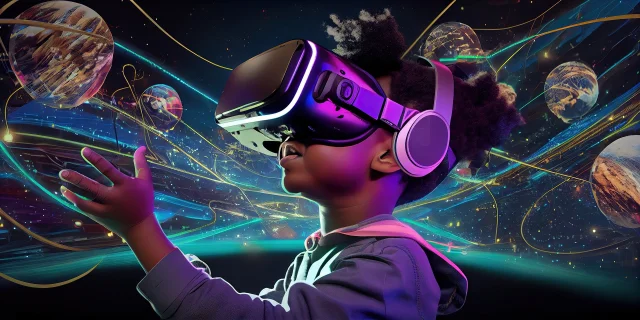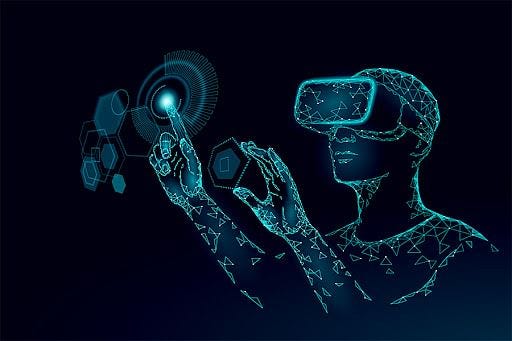Virtual Reality (VR) and Augmented Reality (AR) have transcended the realm of science fiction, making their mark as transformative technologies in the real world. This article takes you on a journey from the speculative origins of VR and AR to their practical applications across diverse fields.
 The Sci-Fi Seeds
The Sci-Fi Seeds
Sci-fi literature and films have long captivated our imaginations with portrayals of immersive digital worlds and holographic overlays. From “The Matrix” to “Star Trek,” these fictional narratives laid the foundation for the concept of enveloping virtual and augmented realities.
 Virtual Reality: Immersion Unleashed
Virtual Reality: Immersion Unleashed
Virtual Reality offers users a fully immersive experience by transporting them to simulated environments. What was once a futuristic dream is now a reality, thanks to advancements in hardware and software. VR has found applications beyond gaming, such as in architectural design, medical simulations, and employee training.
Augmented Reality: Enhancing the Real
Augmented Reality overlays digital content onto the physical world, enhancing our perception of reality. Remember how Pokémon GO brought virtual creatures into our surroundings? AR’s impact extends to education, healthcare, and industrial maintenance, where real-time information is overlaid onto physical objects.
Practical Applications
1. **Education:** VR and AR bring history, science, and art to life, enabling interactive and engaging learning experiences.
2. **Healthcare:** Surgeons practice complex procedures in VR simulations, while AR assists in surgeries by displaying patient data in real-time.
3. **Architecture:** VR helps architects visualize designs in 3D, and AR assists construction workers by providing visual overlays of building plans.
Future Horizons
The evolution of VR and AR is far from over. As technology improves, we can expect more realistic experiences, compact devices, and integration with AI and IoT. The boundary between physical and digital realities will continue to blur.
Conclusion
Virtual Reality and Augmented Reality have transcended their sci-fi origins to become essential tools in various industries. They’ve unlocked new dimensions of learning, creativity, and problem-solving. As we venture further into the future, the possibilities for VR and AR are limitless, leaving us excited for what’s to come.

